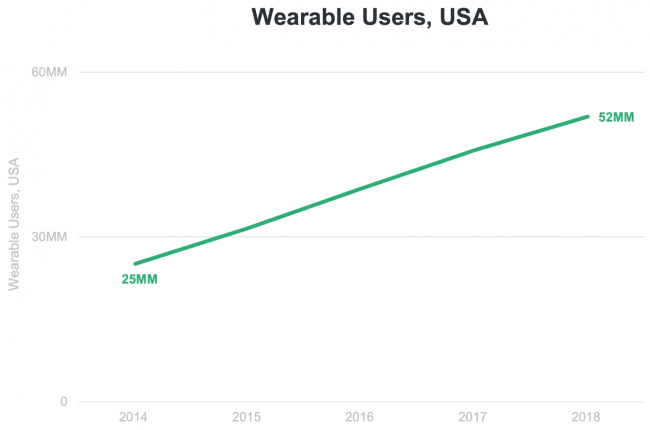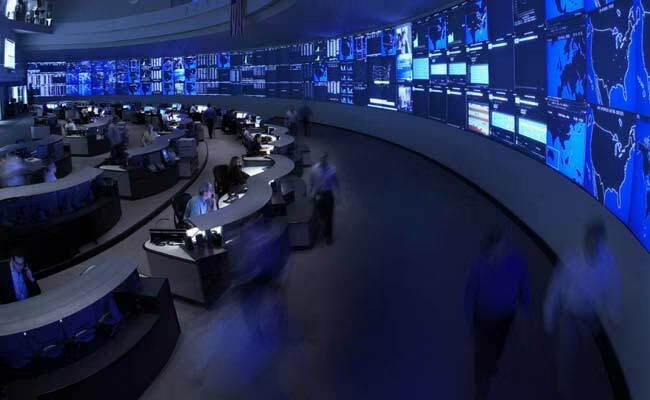It’s Time for Global Health SOCs Powered by Wearables

It’s fairly obvious that COVID-19 will result in lots of changes throughout the world. We’ll hopefully improve our hospital readiness, we’ll hopefully address Wet Markets, and we’ll likely get a lot more comfortable with working remotely—among many others.
Authorized, protected, and/or anonymized telemetry.
I think it’s also time to consider using telemetry from peoples’ wearables to power realtime Health Operations Centers (HOCs). So, just like a Security Operations Center (SOC), we have people—and increasingly algorithms as well—observing data coming in from all over the world and looking for patterns.
Many of us are now using smartwatches and other wearables, with Mary Meeker putting us at around 55 million users in 2018 >, which was 2x growth in four years.

Mary Meeker’s Wearables Slide from 2019
Those wearables, and the ones being released all the time by multiple companies, could be used to send data to one or more analysis projects.
There are differences, but it reminds me of SETI > or Folding@Home >, where people are donating individual resources to a larger cause. Voluntary donation.
If anything like this were compulsory I’d obviously be against it.
So for the health data sharing, you could ideally pick what level of sharing you’re comfortable with—and the organization(s) you’re ok to share with—and either toggle it or not.
Current location
Previous locations
Body temperature
Resting heart rate
Oxygen levels
Insulin levels
Steps taken
Respiratory rate
User-reported well-being
Dr. Visits
(More as the tech advances)
Some of these are easier than others, obviously.
All this data could be shared in an authenticated way, at a granular level that protects the identity and privacy of the user as much as desired, with an operations center that brings it all together to create a story of our current health state.
Various groups already do this kind of data gathering, aggregation, visualization, and analysis using other methods. But they’re far more manual, and far slower. We’re just now getting the technology that enables us to do this in a more automated way.

Yes, I know. I hear you asking: what about privacy? Great question.
I’m in information security myself, so I know the privacy implications of sending data—especially health data—anywhere, let alone to some big brain in the sky.
But it is possible to do this properly, in a useful way, while still respecting people’s privacy appetite. It’ll just take a lot of groups working together to agree on a decent standard that includes privacy as a core feature.
I know people are skeptical of the feasibility, but COVID-19 is about to create new pressures that will create new diamonds. There’s no reason that a community-based Health Monitoring System that’s both powerful and privacy-focused can’t be one of them.